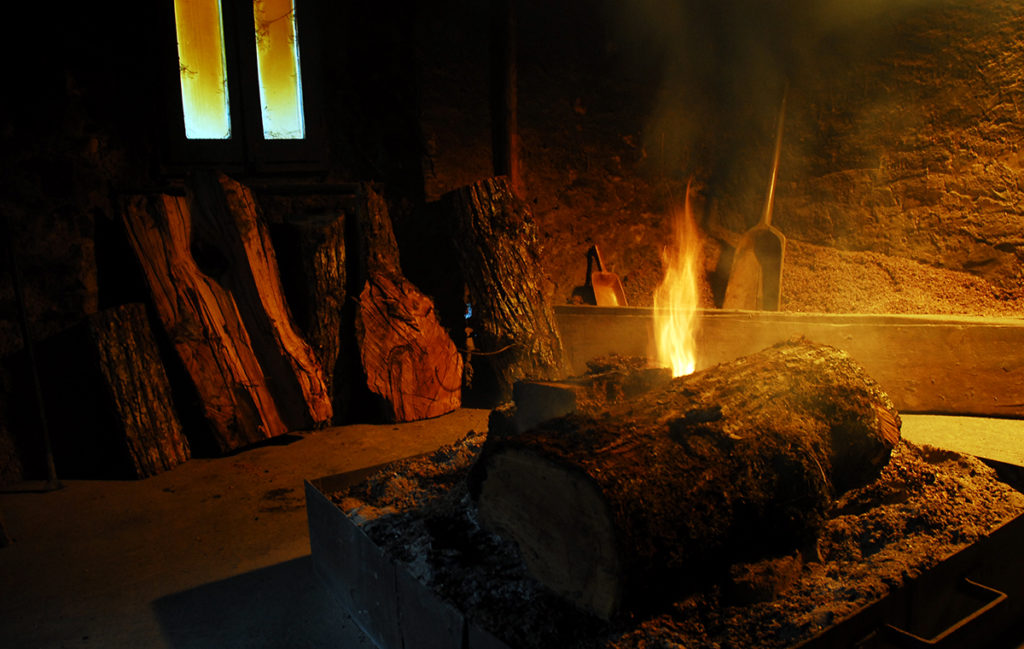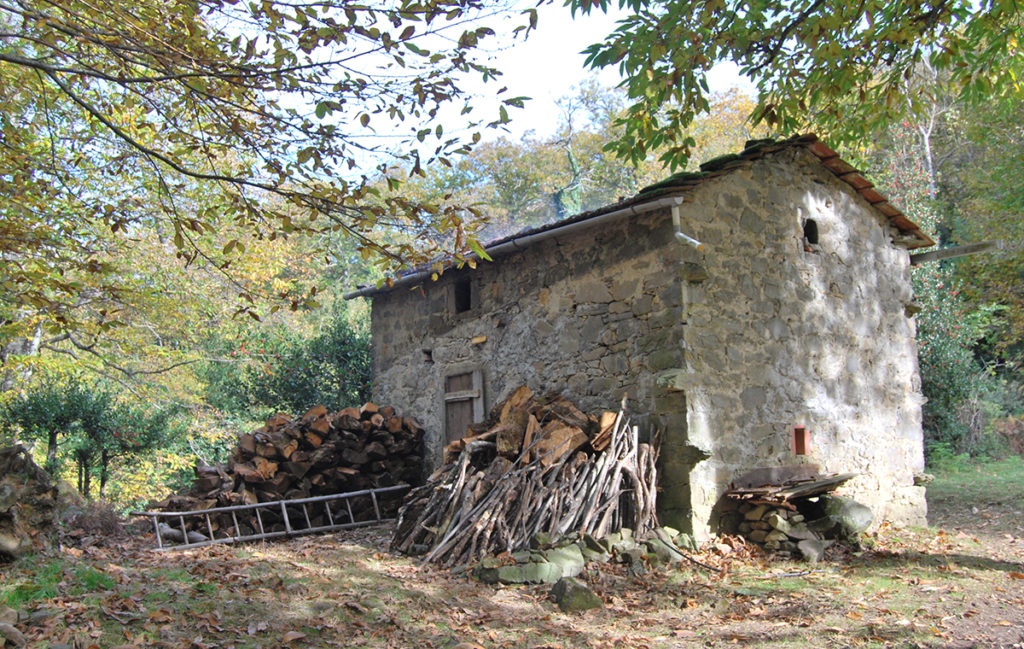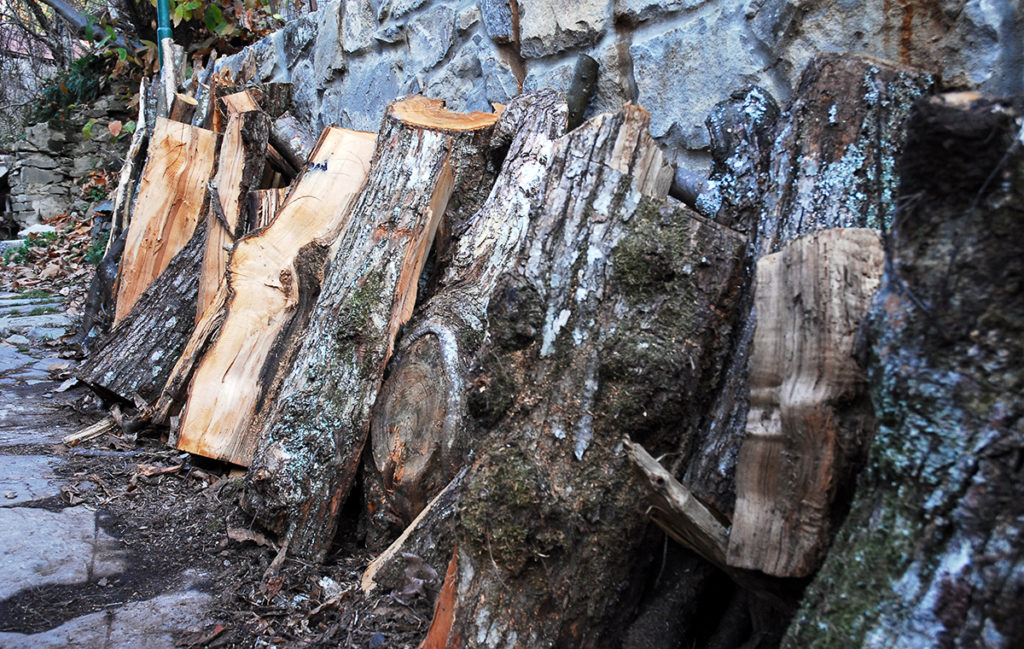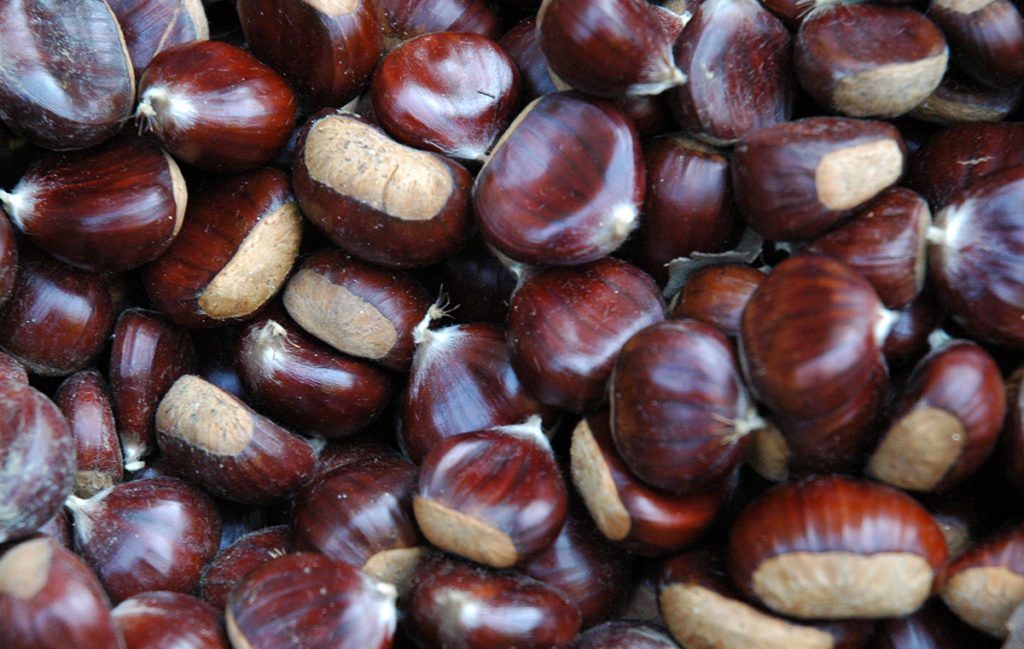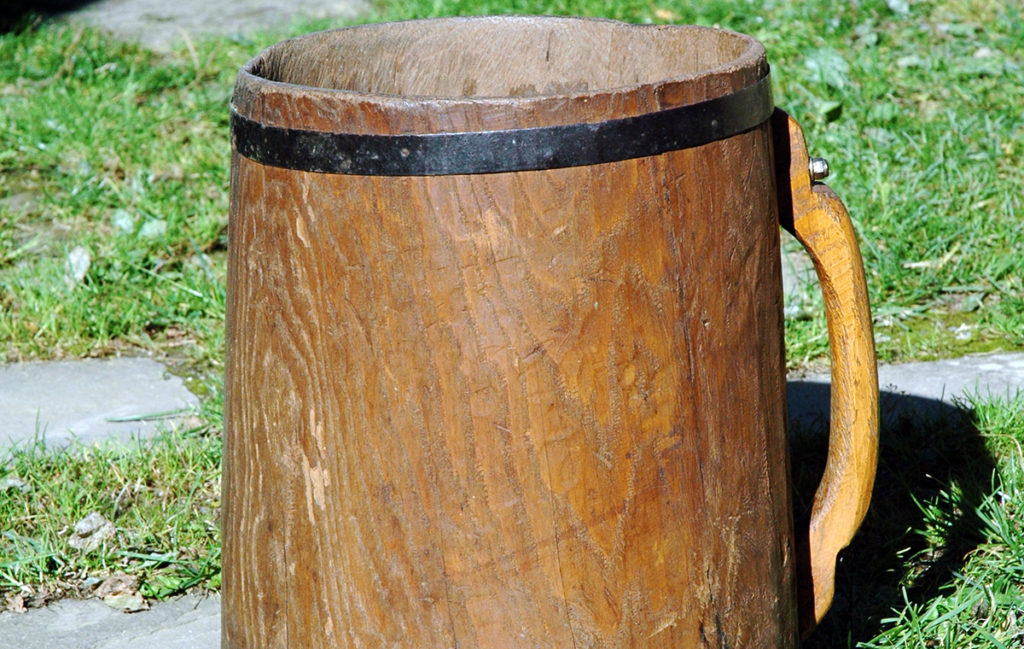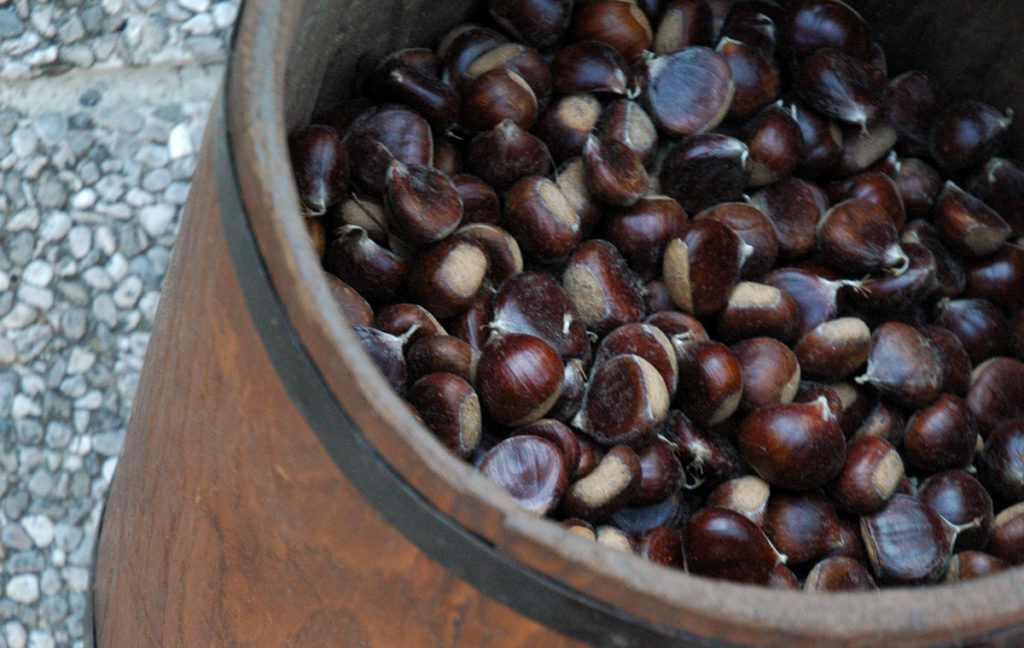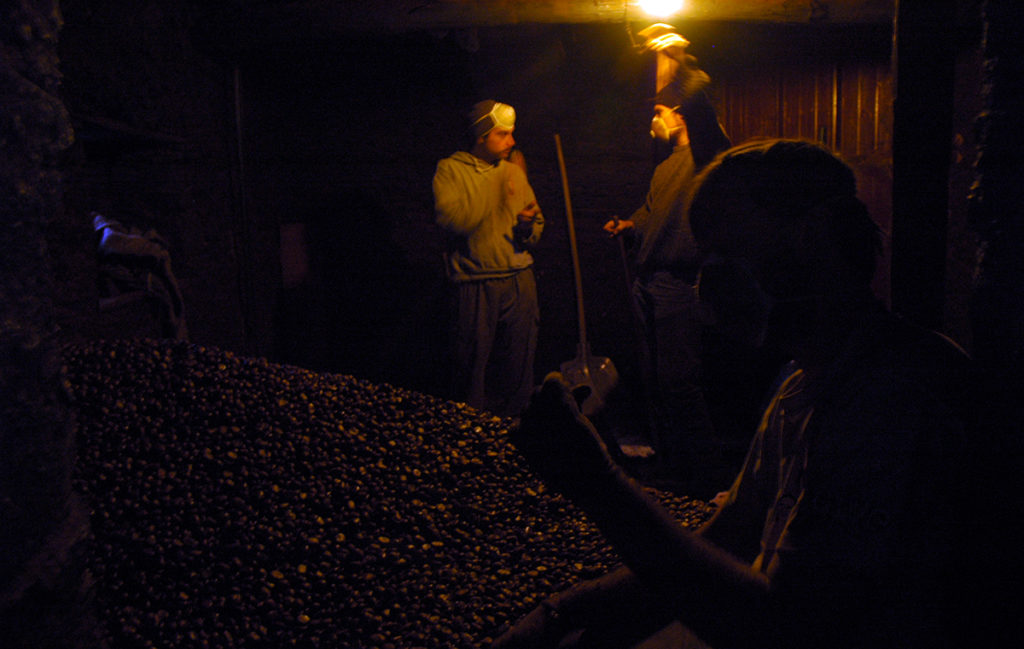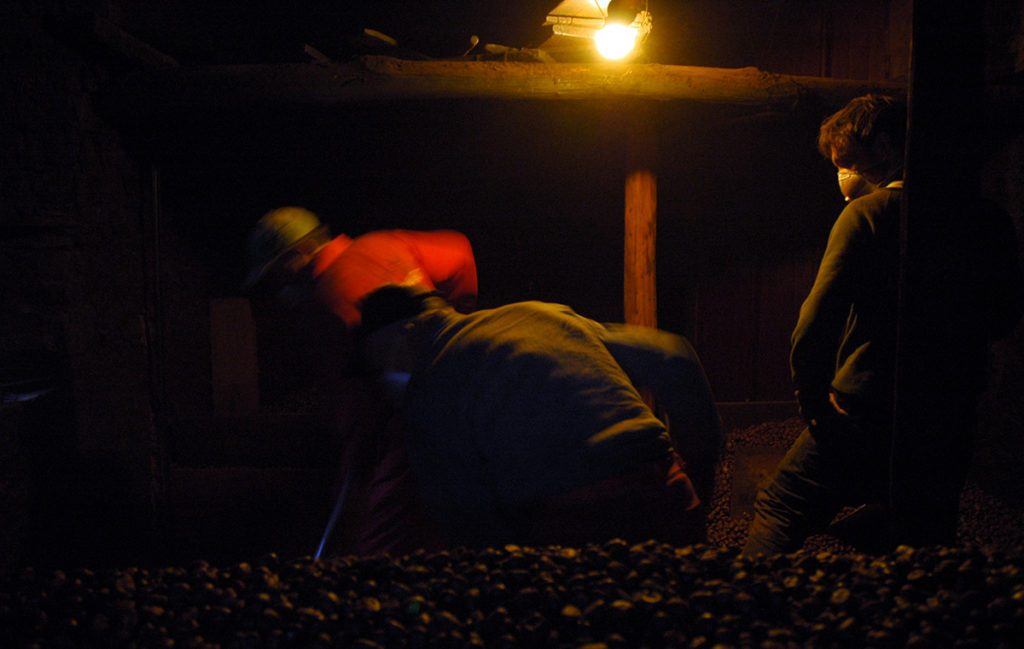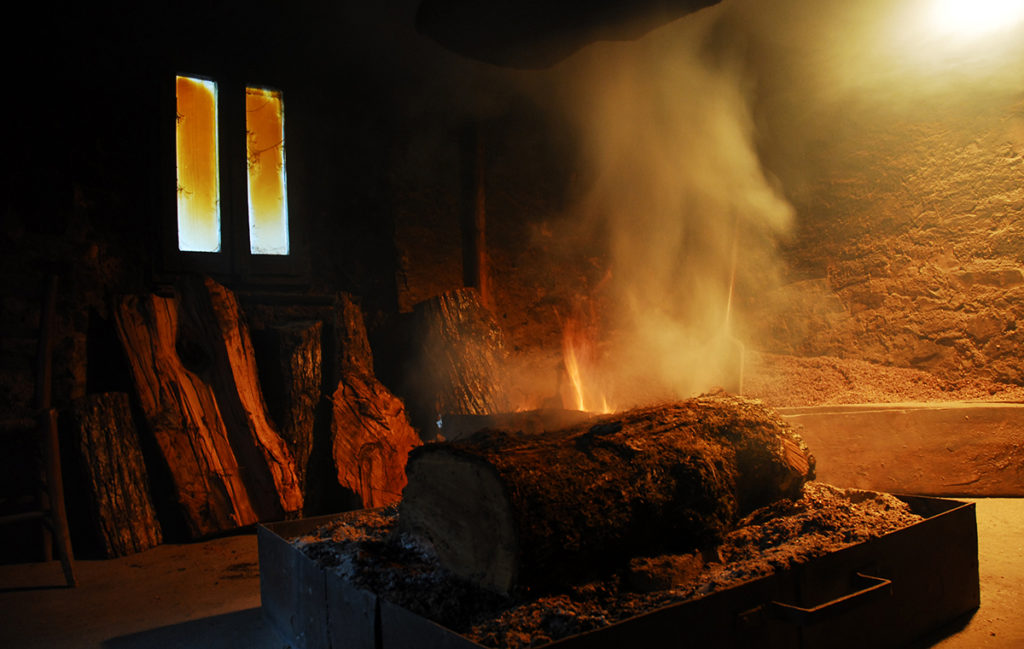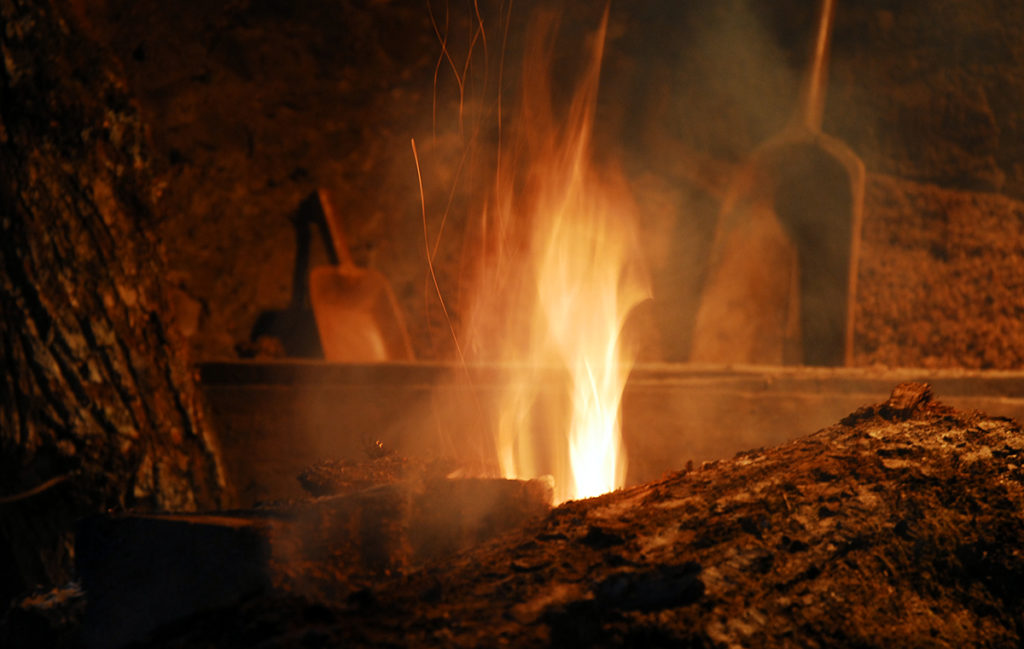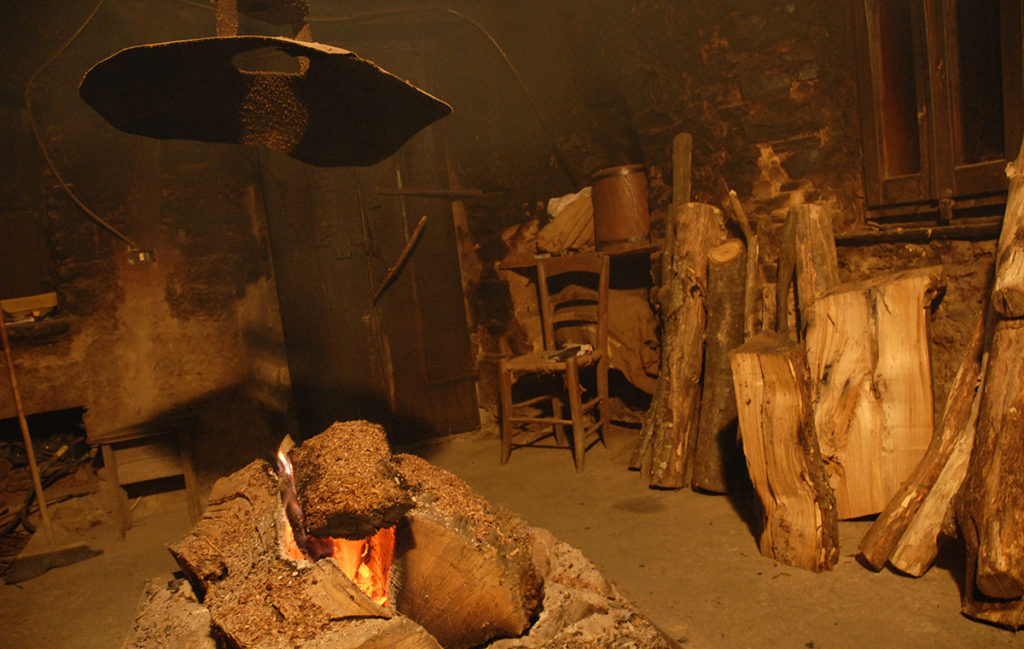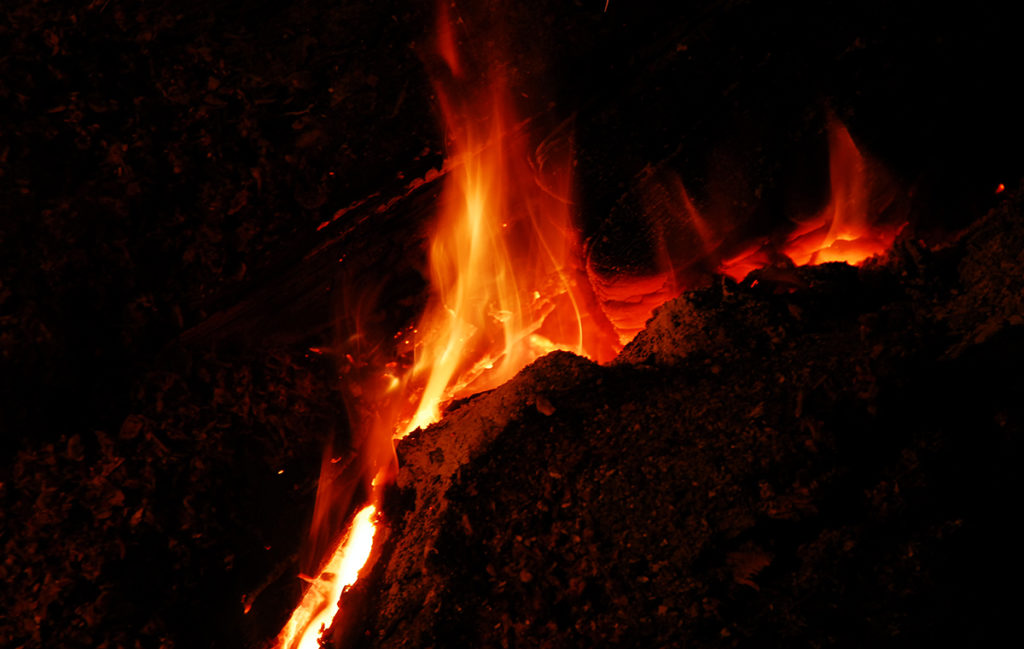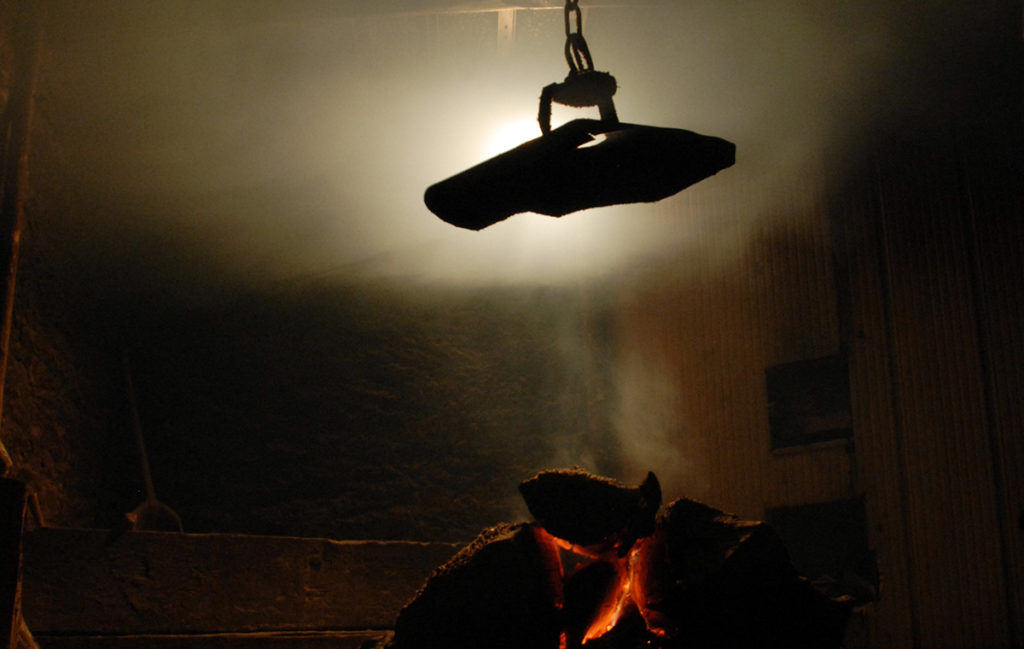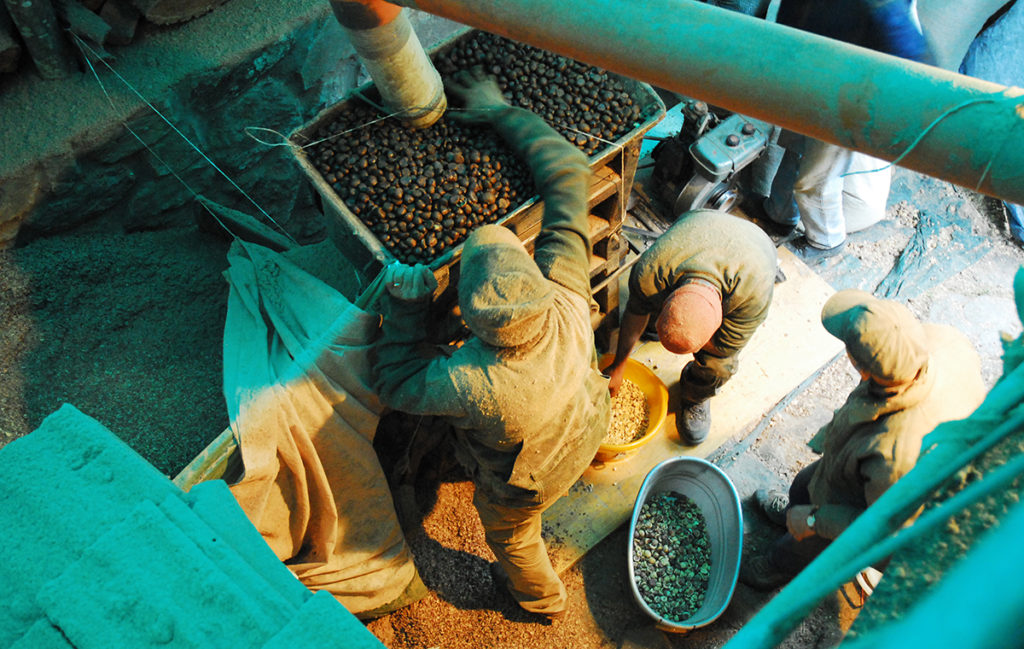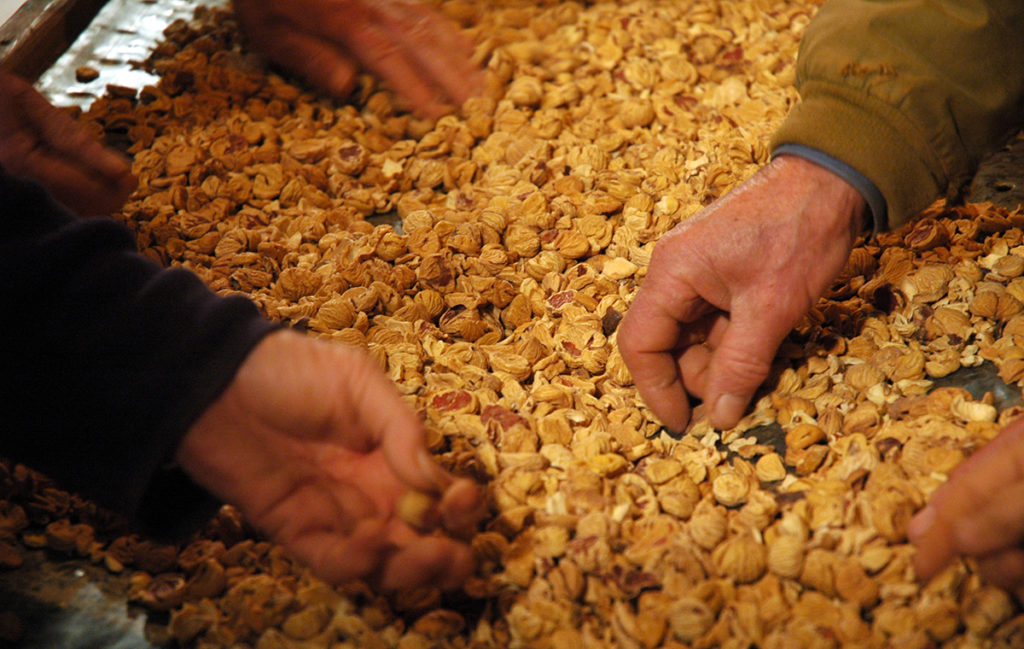© photo Gianni Torri
DESCRIPTION
The wealth of local chestnut woods prominently consists of the different chestnut varieties, skilfully grafted following the upgrading altitude. Pastenesi, Ceppe, Neratine, Grossole, Calleresi are the most common in the Tuscan-Emilian Apennines: thanks to their blend, chestnut flour results richer in flavor and more durable.
The chestnut farmers’ work begins with the wood clearing and maintenance. Despite their robustness, chestnut trees periodically require pruning and maintenance to be healthy and strong in time for the blossoming.
THE MAKING OF CHESTNUT FLOUR
The harvest starts in the first half of October and usually lasts until the end of November. Chestnuts are picked up manually and gathered in baskets only with the help of wooden rakes – crafted on purpose in the village – that allow to pull the leaves and husks away leaving the chestnuts on the ground.
Once picked up, fresh chestnuts are measured with a quartina (corresponding to about 10 kg), which allows to measure the exact volume, from which will result, at the end, a third part in dry product. The volume measurement is very reliable, as it allows a precise and proportional final redistribution. Three quartine equal one bigongio, while eight bigongi equal one corba.
Depending from time to time, the ratio between fresh and dry product is three to one, i. e. for each bigongio of fresh chestnuts, one quartina of dry chestnuts will be given back. Bigongio after bigongio, the chestnuts are loaded in the caniccio (the dryer, once called canniccio because of the parallel sticks upon which the chestnuts were put), which consists in a split-level building.
At the lower level softly burns a fire fueled by chestnut wood. In the upper level lie the chestnuts in a homogeneous layer. It is possible to load up to five corbe at a time: each corba requires one full day to dry off. On the sixth day it is thus possible to put in an additional load and then wait again one day for each corba to dry.
After the last load, the chestnuts begin to dry. After about two weeks, it is necessary to turn the chestnut load, so that the topper layer and the lower layer, closer to the fire, dry evenly. In about forty days by soft and steady fire, chestnuts are ready to be peeled and winnowed.
It’s time for beating: a special machinery shakes and beats the chestnuts, thus separating the skin – the sansa, which will be used the following year to lower the fire in the caniccio: in fact, when laid down on the burning logs, the sansa keeps the embers smolder for many hours, avoiding the flames to burn the chestnuts.
When they come out of the peeling machine, the chestnuts are thrown on the winnowers – long pierced tables, around which people select the best one. The scraps are going to be an excellent – though to be used moderately – fodder for animals.
The last processing stage takes places at the mill, where the dry chestnuts are grind and turned into delicious flour, Apennine’s necessity and virtue.

